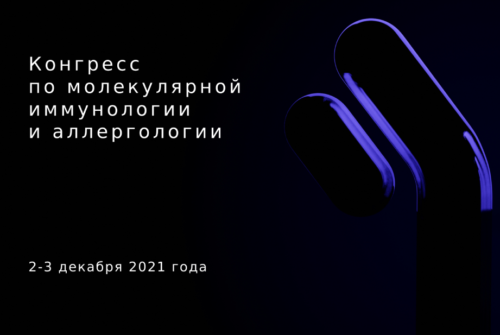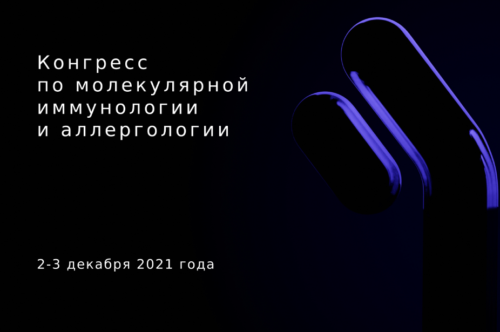
Study of the fullerene C60 interaction with aryl-hydrocarbon receptor
Background. It was previously shown that fullerene C60 has antiviral (anti-HSV-1) and anti-inflammatory activity. We assume that the mechanism of C60 action may be associated with the interaction of C60 with the aryl-hydrocarbon receptor (AhR) because it is known that high AhR mRNA expression levels were observed with viral infections. In addition, through the AHR and the NRF2 expression is triggered.
The purpose of the study was to estimate the AHR and NRF2 expression for human melanoma cells and U-937 cells after the treatment with the aqueous fullerene C60 dispersion (nC60) and C60 derivative with lysine (C60-Lys). Methods. The total RNA from nC60 and C60-Lys-stimulated (24 h) human melanoma cells (Mel Is and Mel Cher cell lines) and U-937 cells was extracted using the RNeasy Mini Kit (Qiagen, Courtaboeuf, France) according to the manufacturer’s instructions. Quantitative real-time PCR analysis of mRNA expression was done by the iQ5 system (Bio-Rad, USA) and the PCRMix kit (Sintol, Russia).
The results are presented as mRNA ex * pression (AhR, NRF2). Results. It was shown that the treating with nC60/C60-Lys result to the suppressing of AhR expression about by 50 and 20 percent for melanoma cells and U-937 cells, respectively. We suggest that these results indicate that AhR is a promising target for studying the antiviral activity of C60. The NRF2 expression was increased by 1.5 times compared to the control group (without treated). We assume that the elevated Nrf2 expression can lead to the activation of the Nrf2/HO-1 signaling pathway, which, in turn, increases the antioxidant capacity of cells and can cause the anti-inflammatory activity of C60 fullerene.
Conclusions. We suggest that the supression of AhR expression indicated the the ability of nC60/C60-Lys to interact with aryl-hydrocarbon receptor. Thus, AhR can be a promising target for studying the biological activity of C60. In addition, it is important that the nC60 and the C60-Lys increased the NRF2 expression, because NRF2 enhances the expression of genes for various antioxidant enzymes (HMOX1, dehydrogenase, etc.), which neutralize ROS and reduce oxidative stress.
Автор: Болякина Дарья Константиновна
Название организации: ФГБУ «ГНЦ Институт иммунологии» ФМБА России
Ф.И.О. соавторов − Галкина Анастасия Андреевна, Андреев Сергей Михайлович, Турецкий Евгений Александрович, Шершакова Надежда Николаевна, Хаитов Муса Рахимович
Название организации соавторов − ФГБУ «ГНЦ Институт иммунологии» ФМБА России
Bolyakina D. K., Galkina A. A., Andreev S. M., Turetskiy E.A., Shershakova N. N., Khaitov M. R.
NRC Institute of Immunology FMBA of Russia, Moscow, Russia.
Читайте также
Т-регуляторные лимфоциты в мукозальном иммунном ответе при...
Нарушение микробного баланса полости рта создает дисбиоз за счет чрезмерного роста микроорганизмов, а также изменений в местном иммунном ответе. Воспаление при хроническом пародонтите обусловлено...
Increased sensitivity to vegetable oil in patients with...
Elimination therapy is one of the main methods of treatment of patients with allergies, which strictly defines a hypoallergenic diet. Interrelated allergies are the body's reaction to allergens...











Комментарии (0)